
views
Applying a Commercial Wood Polish

Clear off the surface you are going to polish. Wood polishes contain oil, so you want to be sure you’ve removed items that could be damaged by the polish. You also need to be able to clearly see the grain of the wood and if there are any trouble spots that need attention.
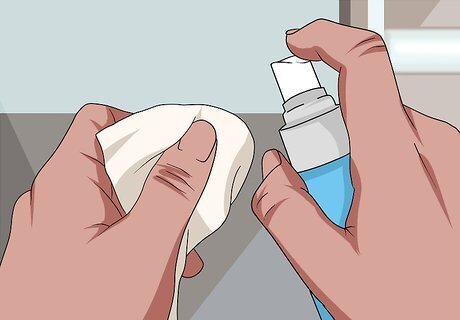
Apply polish to a soft cloth or brush only. Do not spray or apply polish directly to the wood surface. Apply enough polish to moisten the cloth or brush, but avoid over-saturation. Too much polish will leave residue that will smear.
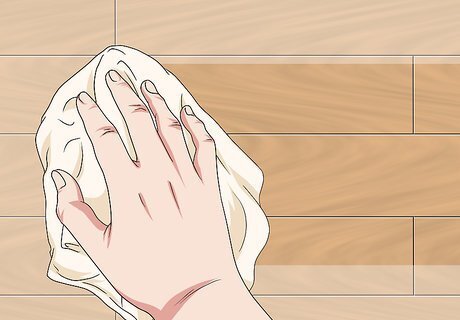
Wipe with the grain. Move the moistened cloth or brush across the surfaces you want to polish following the grain of the wood. You should see an immediate effect. If you don’t see the results you desire, you can apply additional polish to your cloth and re-wipe the surface.
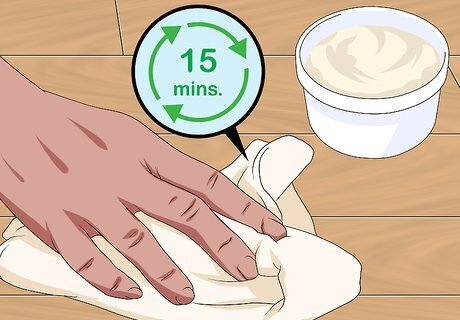
Treat stains and water rings. You can address many tough spots with a surprising household product: mayonnaise. Apply a small amount of mayo to the blemish and let it set for 15 minutes to an hour or two, depending on how tough the spot is. Then, use a cloth to wipe it away and reveal a restored surface. Note that you need a full-fat, traditional mayonnaise as opposed to light versions or mayonnaise substitutes.
Making Your Own Wood Polish With Olive Oil and Vinegar
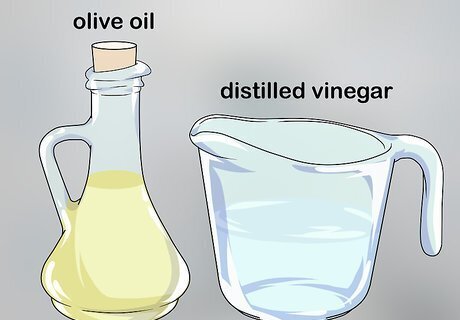
Gather supplies and ingredients. Along with olive oil and white distilled vinegar, you need a ¼ cup measuring cup. You also need a clean spray bottle. It is important not to use a container that previously had a cleaner or chemical in it. You risk contaminating your polish and potentially damaging the wood surface.
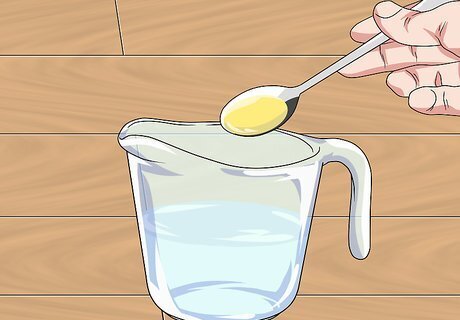
Measure ingredients. Various ratios can be used from ¼ cup olive oil and a few drops of vinegar to ¼ cup of vinegar to a few drops of olive oil. Experiment with the ratios to get the best result for your wood furniture. The vinegar acts as a cleaner, while the oil provides the polish and shine components. For darker woods, you can use apple cider vinegar. Do not use apple cider vinegar on light-colored woods, as it can cause staining.
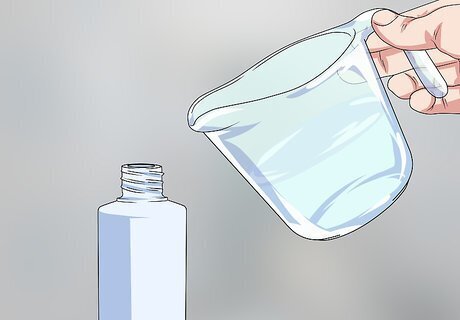
Pour the measured ingredients into a clean spray bottle and mix them up. Secure the lid first to make sure the mixture doesn't leak. Then, gently shake your oil and vinegar mixture until it's combined. Once the polish is mixed well, you can use it!
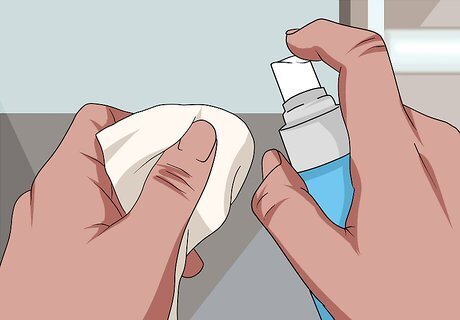
Polish your furniture. Spray a moderate amount of solution onto a clean cloth or soft brush. Do not spray it directly onto the wood surface. Then, follow the grain of the wood as you wipe the surface. If the polish leaves your furniture oily, add more vinegar to your mixture. If you don’t see enough shine after applying your polish, add more oil to your mixture.
Doing Basic Maintenance
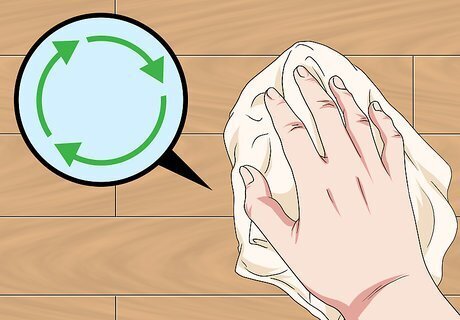
Dust your furniture regularly. You don’t want to polish excessively as this can lead to a build-up of residue from your polishing agent. To prevent dust and debris in the air from creating a film on your furniture between polishes, use a clean, soft cloth, feather duster, or non-scratch cloth on the surface.
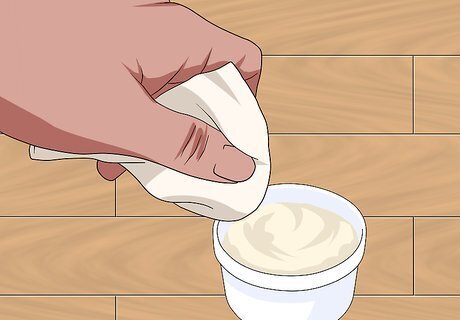
Clean up spills and stains. Accidents happen, but polish isn’t the answer. If there’s a stubborn, sticky spot, you can use the mayonnaise method. Alternatively, you can use soap and water. Dissolve a small amount of soap in water and put the cloth in the soapy water. Remove the rag, and wring it out well. You want it to be almost dry. Apply the cloth to the spot to remove the blemish. Rinse the soap and residue out of the cloth, and wipe the affected spot to remove any soap. Use a dry cloth to wipe up any remaining moisture.
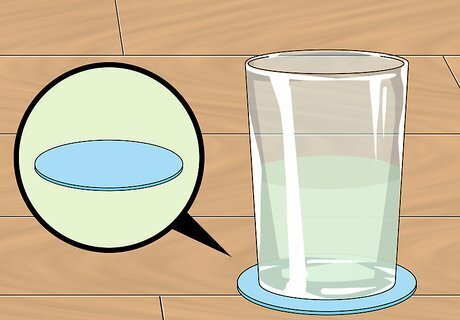
Use coasters to prevent water rings and burn marks. Coasters provide a buffer between beverage containers and the surface of your furniture. Condensation from cold drinks will drip down the glass and form water rings. Hot drinks can burn a wood surface, leaving an unpleasant scar behind. Keep coasters handy, and encourage everyone in your household to use them.

Avoid using chemical products or solvents near the furniture. There are many substances that can eat through a wood finish or through wood itself. Alcohol can ruin a shellac surface, and most solvents will damage wood surfaces. Keep strong chemical substances like bleach and fingernail polish remover away from your wood furniture to prevent damage.

















Comments
0 comment